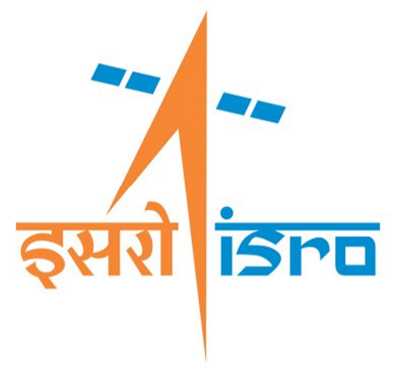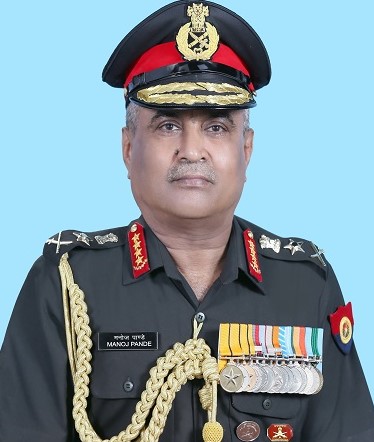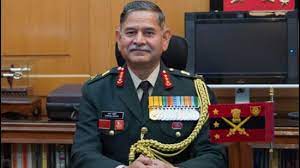The Indian Space Research Organisation (ISRO) is all set to launch two back-to-back missions in a few months – Chandrayaan 3 and Aditya L1.
Both of these missions are expected to be launched in July 2023.
Chandrayaan 3
It is the third moon mission set to be launched by ISRO, where a spacecraft will be launched into the lunar orbit of the moon for space research.
Chandrayaan-3 is a follow-on mission to Chandrayaan-2 to demonstrate end-to-end capability in safe landing and roving on the lunar surface. It consists of Lander and Rover configuration.
It will be launched by LVM3 from SDSC SHAR, Sriharikota. The propulsion module will carry the lander and rover configuration till 100 km lunar orbit.
The propulsion module has Spectro-polarimetry of Habitable Planet Earth (SHAPE) payload to study the spectral and Polari metric measurements of Earth from the lunar orbit.
Lander payloads: Chandra’s Surface Thermophysical Experiment (ChaSTE) to measure the thermal conductivity and temperature; Instrument for Lunar Seismic Activity (ILSA) for measuring the seismicity around the landing site; Langmuir Probe (LP) to estimate the plasma density and its variations. A passive Laser Retroreflector Array from NASA is accommodated for lunar laser ranging studies.
Rover payloads: Alpha Particle X-ray Spectrometer (APXS) and Laser Induced Breakdown Spectroscope (LIBS) for deriving the elemental composition in the vicinity of landing site.
Chandrayaan-3 consists of an indigenous Lander module (LM), Propulsion module (PM) and a Rover with an objective of developing and demonstrating new technologies required for Inter planetary missions.
The Lander will have the capability to soft land at a specified lunar site and deploy the Rover which will carry out in-situ chemical analysis of the lunar surface during the course of its mobility.
Both the Lander and the Rover have scientific payloads to carry out experiments on the lunar surface.
The main function of PM is to carry the LM from launch vehicle injection till final lunar 100 km circular polar orbit and separate the LM from PM.
Apart from this, the Propulsion Module also has one scientific payload as a value addition which will be operated post separation of Lander Module.
The launcher identified for Chandrayaan-3 is GSLV-Mk3 which will place the integrated module in an Elliptic Parking Orbit (EPO) of size ~170 x 36500 km.
Aditya L1
Meanwhile, Aditya L1 is set to be a historic mission of ISRO as it is the first mission to the sun being launched by India.
Basically, Aditya L1 is a planned coronagraphy spacecraft to study the solar atmosphere and is a first-of-its-kind mission set to be carried out by ISRO, just after Chandrayaan 3 in July 2023.
The spacecraft shall be placed in a halo orbit around the Lagrange point 1 (L1) of the Sun-Earth system, which is about 1.5 million km from the Earth.
A satellite placed in the halo orbit around the L1 point has the major advantage of continuously viewing the Sun without any occultation/eclipses.
This will provide a greater advantage of observing the solar activities and its effect on space weather in real time.
The spacecraft carries seven payloads to observe the photosphere, chromosphere and the outermost layers of the Sun (the corona) using electromagnetic and particle and magnetic field detectors.
Using the special vantage point L1, four payloads directly view the Sun and the remaining three payloads carry out in-situ studies of particles and fields at the Lagrange point L1, thus providing important scientific studies of the propagatory effect of solar dynamics in the interplanetary medium.
The suits of Aditya L1 payloads are expected to provide most crucial informations to understand the problem of coronal heating, coronal mass ejection, pre-flare and flare activities and their characteristics, dynamics of space weather, propagation of particle and fields etc.
Source: https://www.isro.gov.in/





